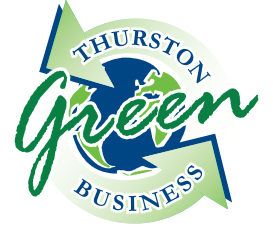Overview
The Port of Olympia is committed to sustainably managing the natural resources we care for and impact. We appreciate that sustainability is a core value of the community within which we operate and take our responsibility to be good stewards of natural resources seriously. From seeking third-party sustainability certifications to investing in on-site renewable energy systems, the Port invests in sustainable development as we believe sustainability ought to be the new normal in business and are willing to lead by example.
It is the Port of Olympia’s aim to be recognized as an international leader in sustainability for mid-sized Port operations. We are actively working to define measurable goals that we can work toward to help us reach this goal.
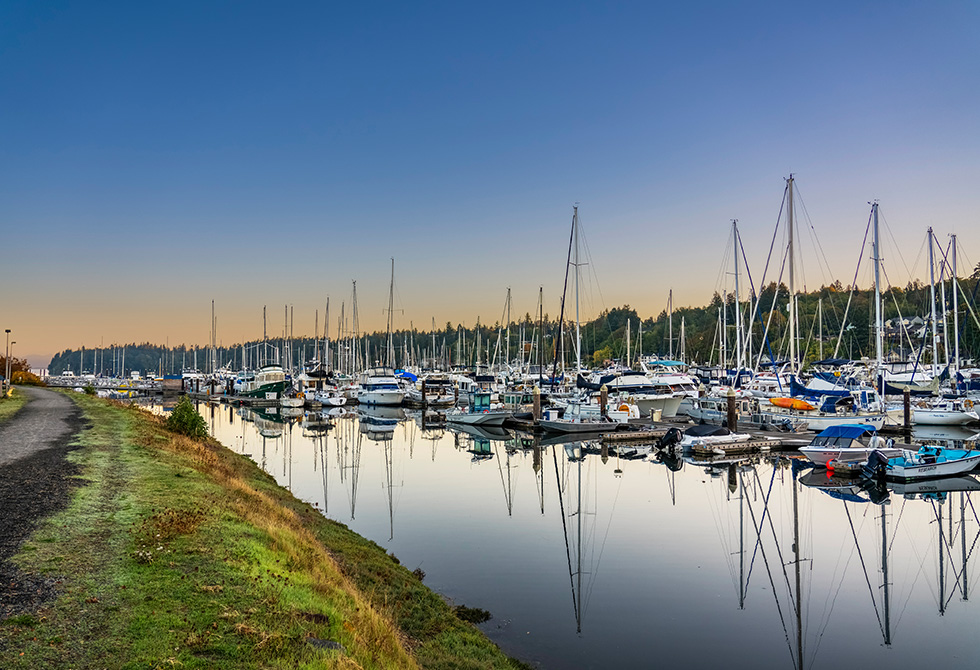
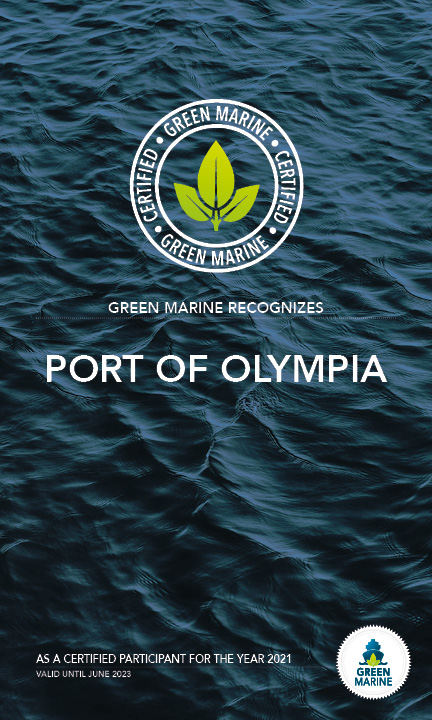
Green Marine
Green Marine is a voluntary third party certification program that requires participating port authorities to establish baseline performance indicators in multiple facets of Marine Terminal operations, and then demonstrate tangible year-over-year improvements to maintain certification. The certification system evaluates six distinct operational areas, including:
- Spill Prevention
- Dry Bulk Handling and Storage
- Community Impacts
- Environmental Leadership
- Waste Management
- Greenhouse Gases
Clean Marina
The Clean Marina program is funded by a Department of Ecology grant. You can learn more about the Clean Marina program by visiting their website.
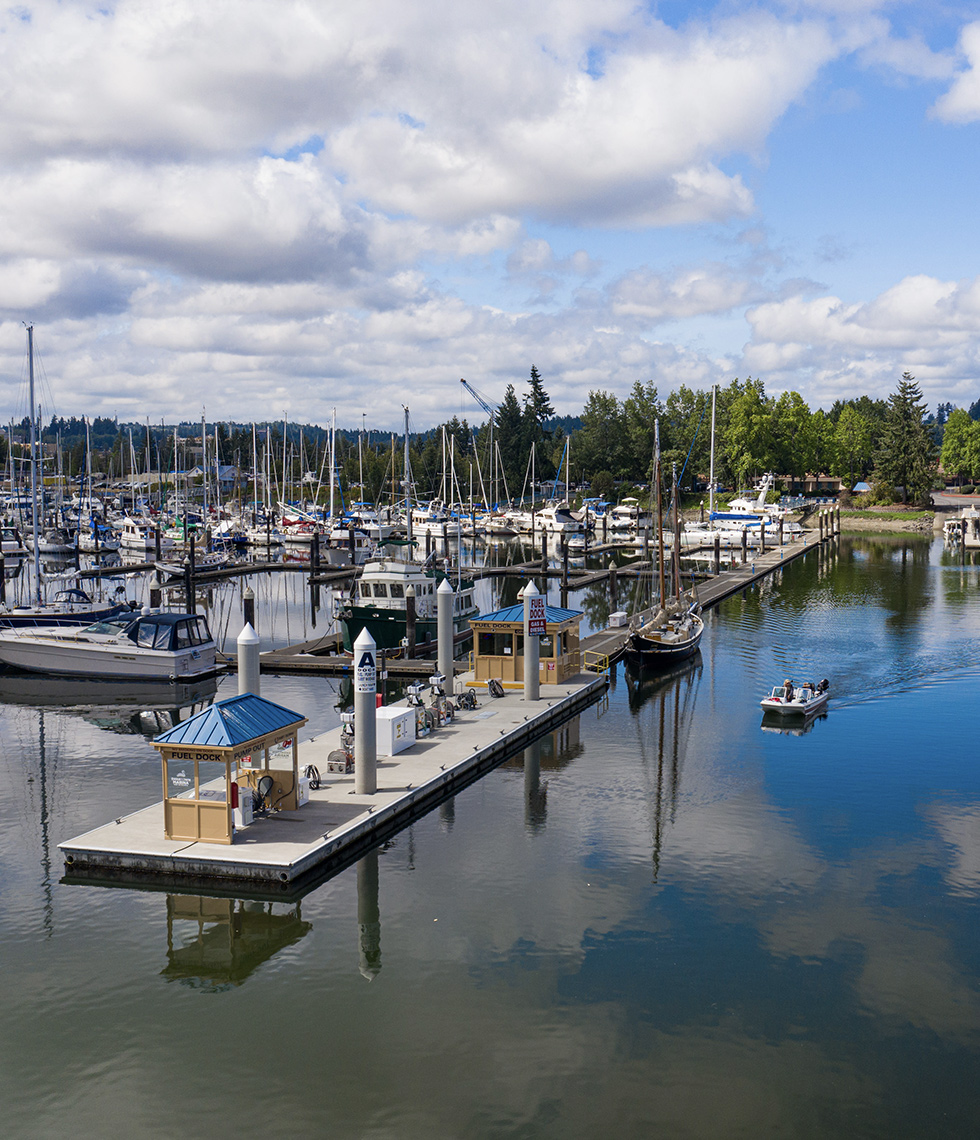
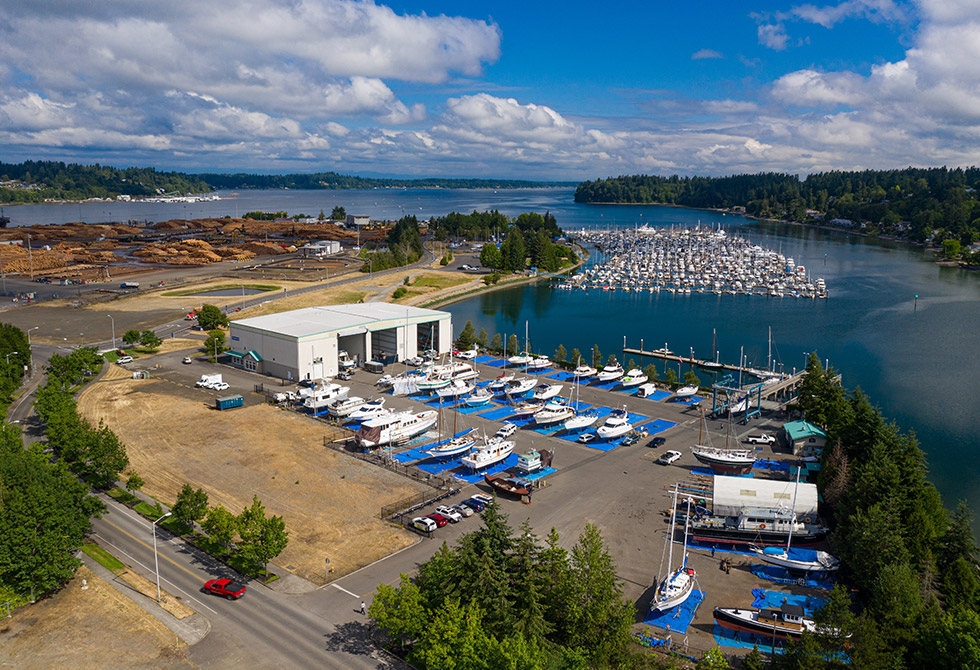
Clean Boating
Swantown Boatworks is a certified Clean Boatyard. The Clean Boating Foundation has a mission to create cleaner waters in Washington State. Incorporating boaters, boatyards, environmental groups, the Washington state Department of Ecology, and scientific experts. The Foundation is a voluntary, market-driven effort to improve Puget Sound and the rest of our waters. The Clean Boating Foundation works with Washington boatyards to go above and beyond their legal requirements and showcase those businesses that act as true stewards of the environment.
Marine Terminal Warehouse Solar Panels
The Port of Olympia recognizes that utilization of renewable energy will not only decrease our carbon footprint, it will also reduce our bottom line. Investing in renewable energy where and when it makes sense is a priority for the Port. To date, we have installed on-site renewable energy on several of our properties.
Solar Street Lighting at Cleanwater Centre
The Cleanwater redevelopment in Tumwater has implemented several sustainable features into the refurbished parking lot on site. All 22 of the parking lot lights run 100% on solar power; they are completely off-grid. Each light has it’s own solar panel, sensors, controller and batteries. Light is provided by 5 LEDs. The panels and batteries are sized to provide enough power for 5 nights of operation. The lights come on full power at dusk for 7 hours, then dim to 50%, then go back to 100% light output for 2 hours before dawn. The maintenance free sealed batteries are recyclable and have an average life of 5 years.
Solar Street Lighting at Cleanwater Centre
The solar power system generated a total return of $5,581 for the Port since July 2012. The Port more than met the design goal of maximizing Puget Sound Energy’s energy harvesting incentive of $5,000. In addition, the panels generated 9,687 KWh of electricity, reducing the Port’s energy costs by $581. Combined, the earnings provide a 5.5% return on the Port’s investment.
The Port selected solar panels with a goal of making the warehouse close to energy neutral. The southern face of the warehouse roof is nearly perfectly aligned with the sun for solar installations. The number of panels (48) provides the best return on the investment.
A testament to the significance of the renovated, solar-powered warehouse to the community was its selection by Northwest Eco Building Guild for the 2011 South Sound Solar Tour.
Light & Noise Pollution
Light Pollution Reduction
Marine Terminal Lighting
In 2009 the Port of Olympia marine terminal completed two lighting projects, both of which included a large emphasis on energy efficiency and glare reduction.
Cargo Yard
Nine 80′ tall cargo yard light towers were installed to allow for night time use of the terminal. Energy efficient metal halide lamps were installed rather than the more common high pressure sodium lamps. Each lamp was fitted with a glare shield and carefully aimed so as to light only the designated area with little or no reflected light. These are typically used during the winter months when the daylight hours are less than a full workday. They are equipped with a photo-sensor to ensure that they are off during the day when not needed.
Warehouse
Energy efficient T-8 fluorescent fixtures were added to the warehouse to replace the incandescent lamps previously installed. These lamps are on a zoned motion detector system so that only the areas with activity will remain lit. Along with a new roof, the Port has added solar panels to the south end of the warehouse to help offset the marine terminal energy bill. The goal of this is to maximize the energy harvesting incentives offered through Puget Sound Energy.
Noise Pollution Reduction
White Sound Backup Alarms
In 2009-2010, Port of Olympia became the first West Coast port to convert from back-up beepers on Marine Terminal equipment to Brigade “white sound” reverse alarms. These state-of-the-art alarms protect workers without disturbing neighbors.
All of our Marine Terminal tenants have converted to the new alarms and the Port will require future tenants to have the new “white sound” reverse alarms, as well.
The new alarms have a static electronic sound that alerts workers in the immediate area, but does not travel at the same distance and intensity as the traditional back-up beepers. This new technology is in full compliance with Occupational Safety & Health Administration (OSHA) standards.
Aircraft Noise Abatement
View information about the Noise Abatement Procedures for aircraft using the Olympia Regional Airport and the Swantown Marina float plane docks.
Climate Change
Greenhouse Gas (GHG) Assessment
As part of its continuing focus on sustainability, the Port of Olympia has completed its 2017 greenhouse gas (GHG) emissions report. The report is an inventory of emissions generated by Port activities at its downtown, Lacey and airport facilities. The inventory, compiled per the Washington State Department of Ecology protocol, shows the Port has reduced its Scope 1 and Scope 2 CO2e emissions since 2015, maintaining a relatively small carbon footprint.
As of 2017, Port activities were estimated to generate approximately 583 metric tons of Scope 1 carbon dioxide (MT CO2e) per year, an amount equivalent to approximately 23 American families. Under the State Agencies Climate Leadership Act, Washington State only requires annual monitoring and reporting for entities generating in excess of 10,000 MT CO2e per year. While our carbon footprint is relatively small, we are still compelled to identify opportunities for reduction.
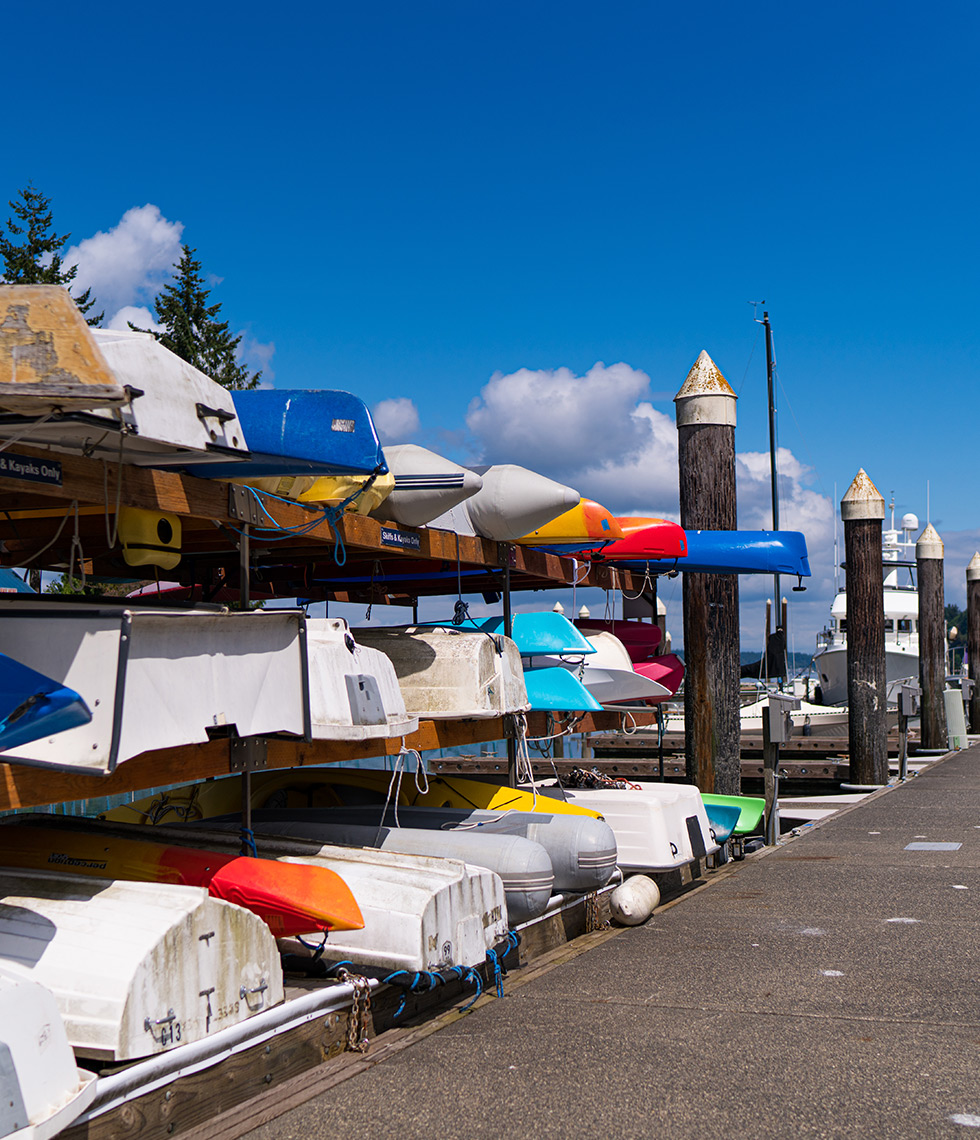
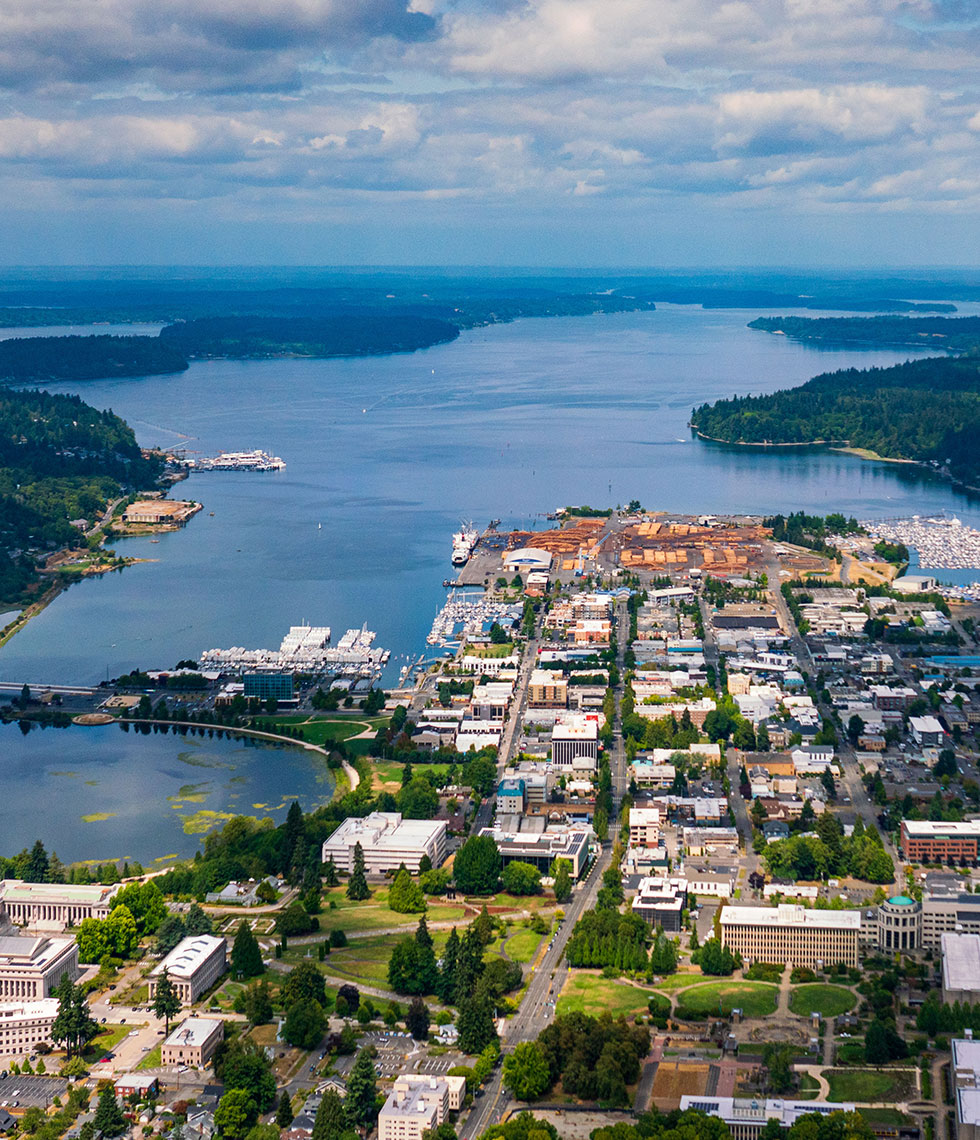
Sea Level Rise
Current trends in sea rise and weather patterns are concerning. The risk of widespread flooding in Downtown Olympia increases as sea levels rise and weather systems become increasingly volatile. The magnitude and timing of sea level rise is uncertain, but the risk is clear. Downtown Olympia, including the Port of Olympia peninsula, are vulnerable to flooding. Sea level rise will increase the likelihood of flooding. Without action, maintaining downtown public and private services will be challenging.
The City of Olympia, LOTT Clean Water Alliance and the Port of Olympia, under the guidance of the consulting firm AECOM Technical Services, collaborated to develop a response plan for protecting the downtown area and completed the Olympia Sea Level Rise Response Plan in March 2019.
All documents related to this effort can be found on the City of Olympia’s Sea Level Rise website, where the public can also sign up to receive updates on their Climate Change Response.


